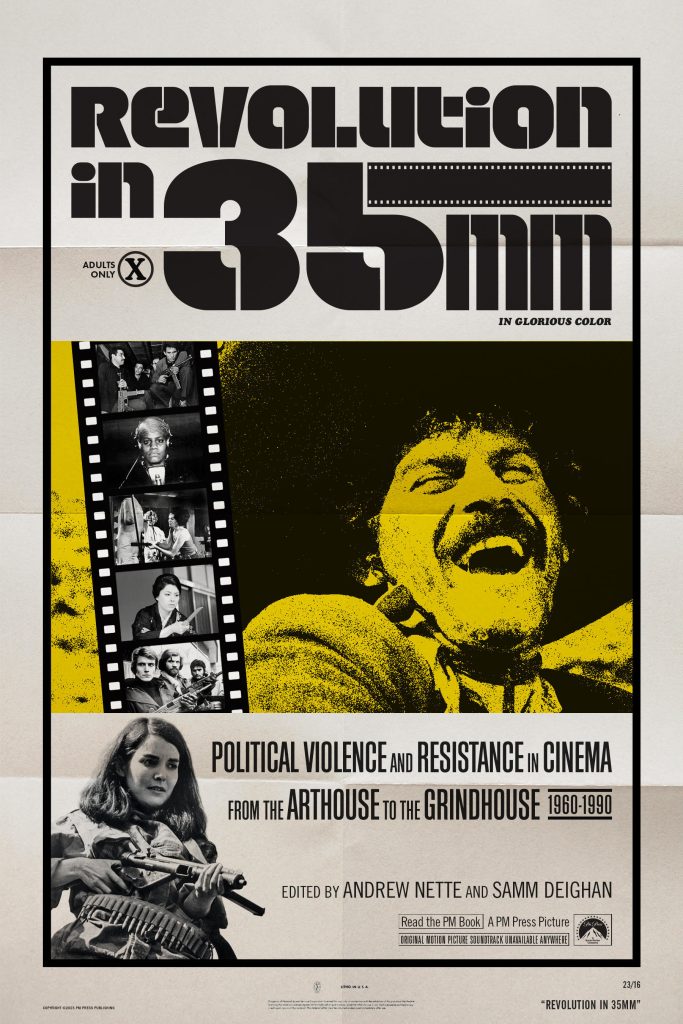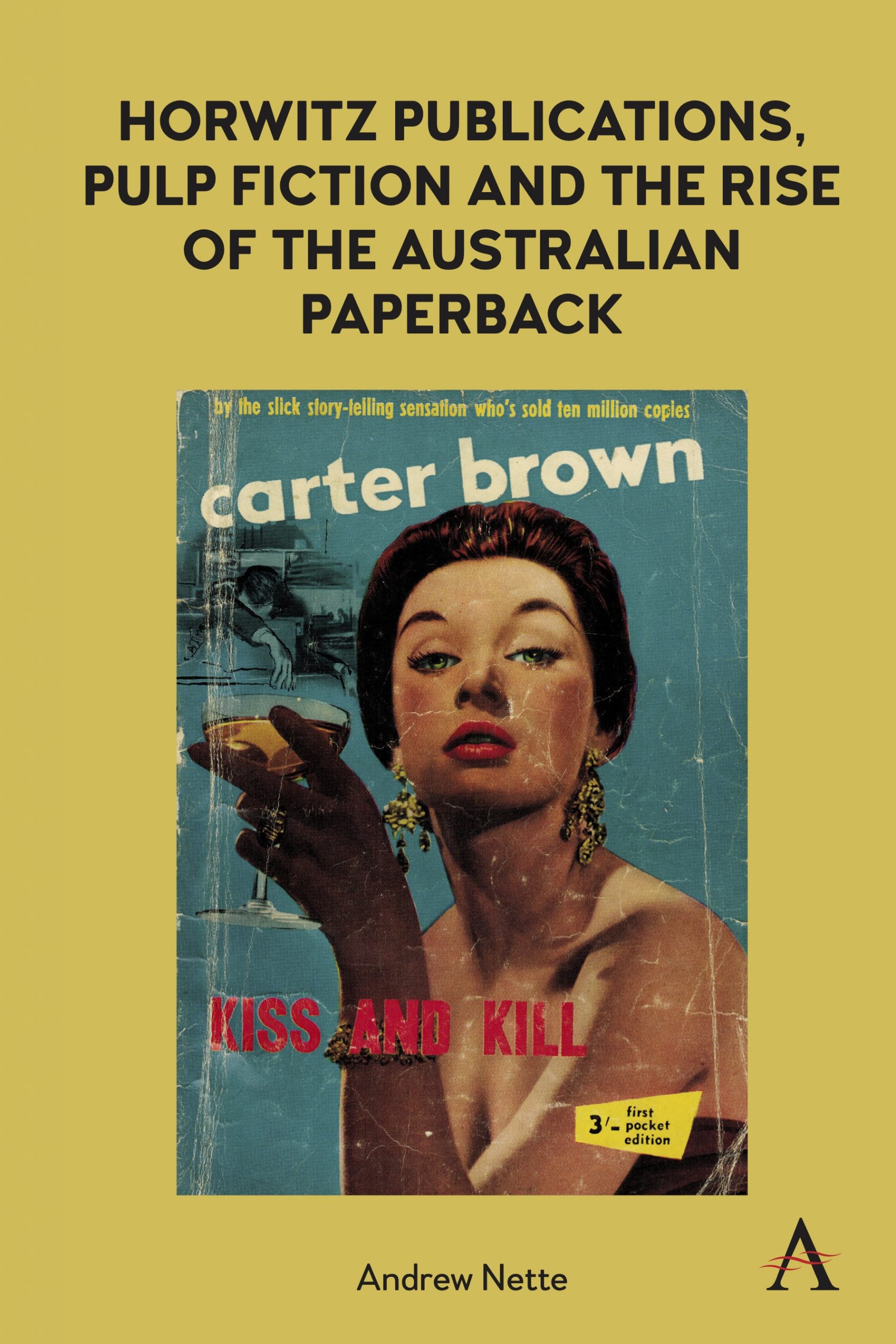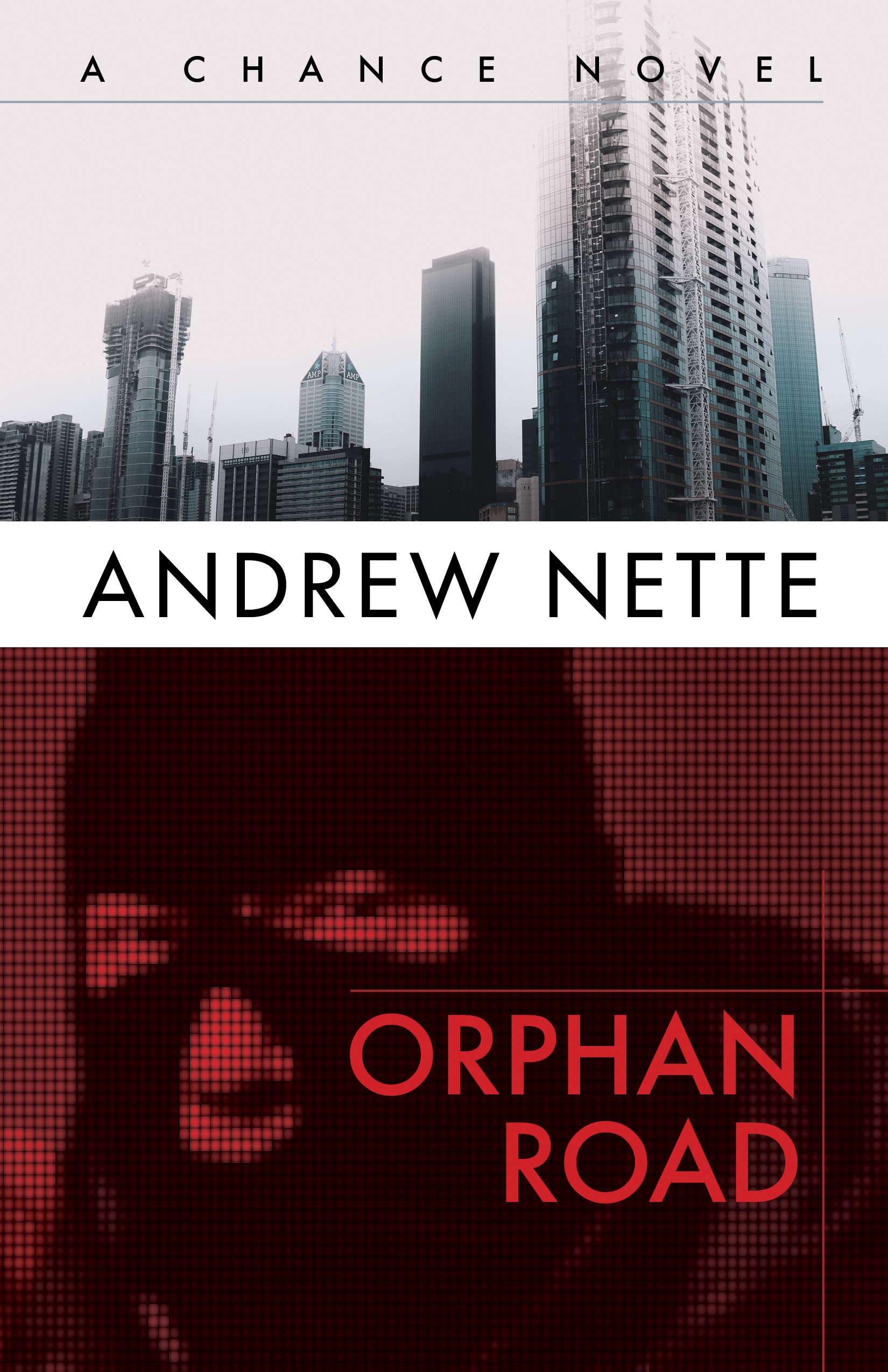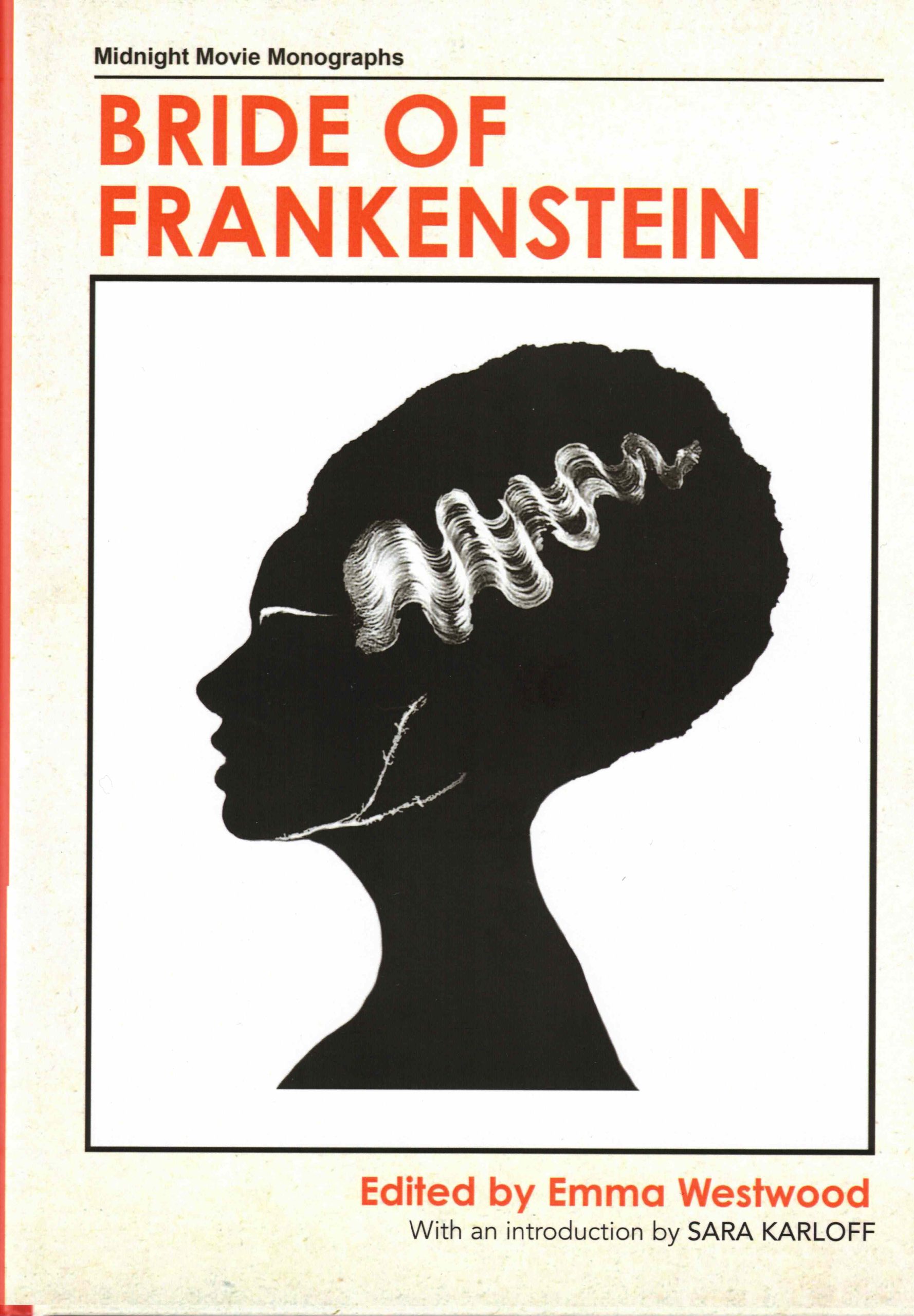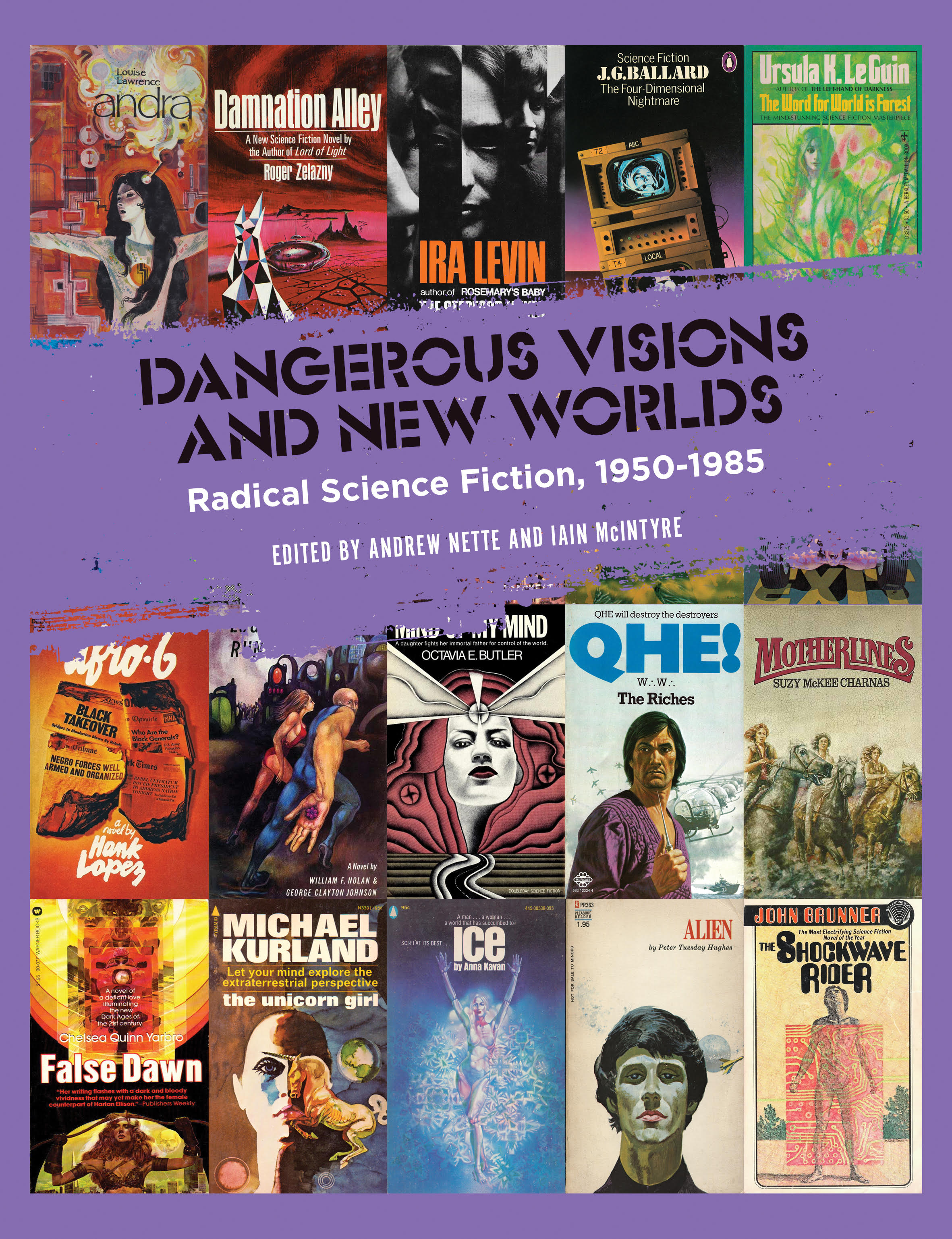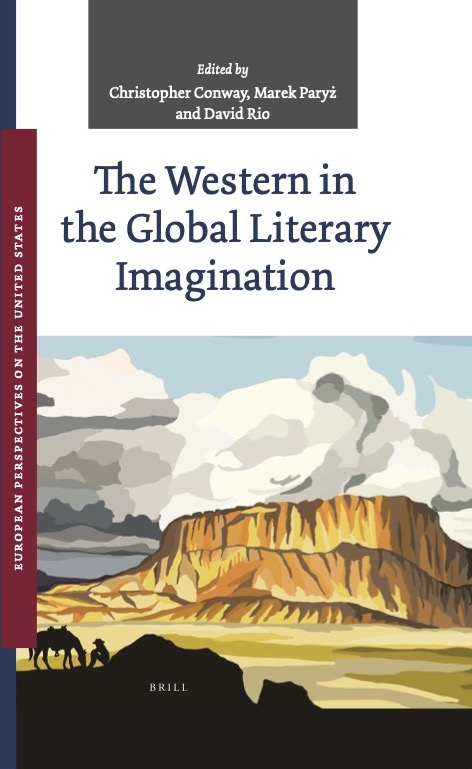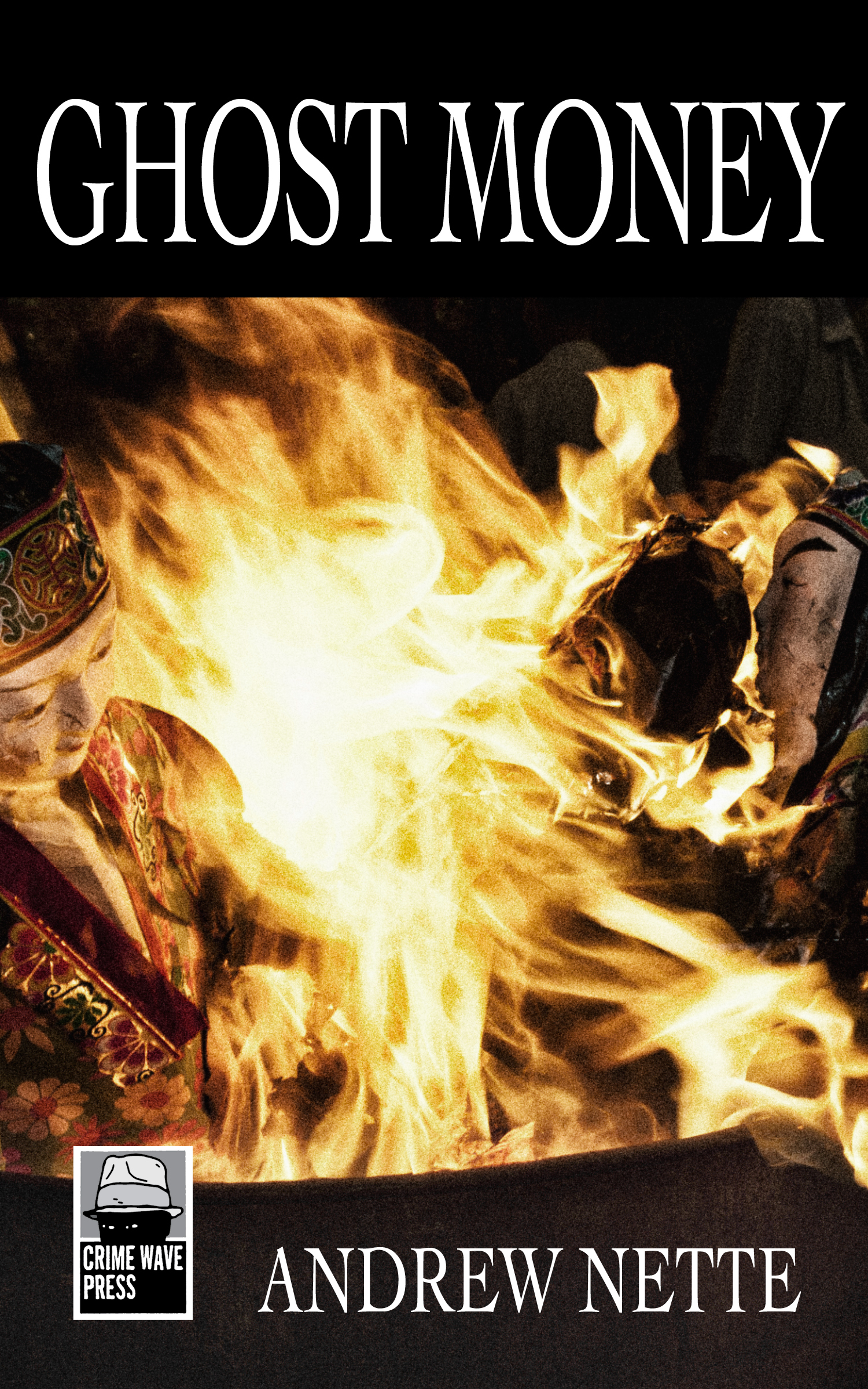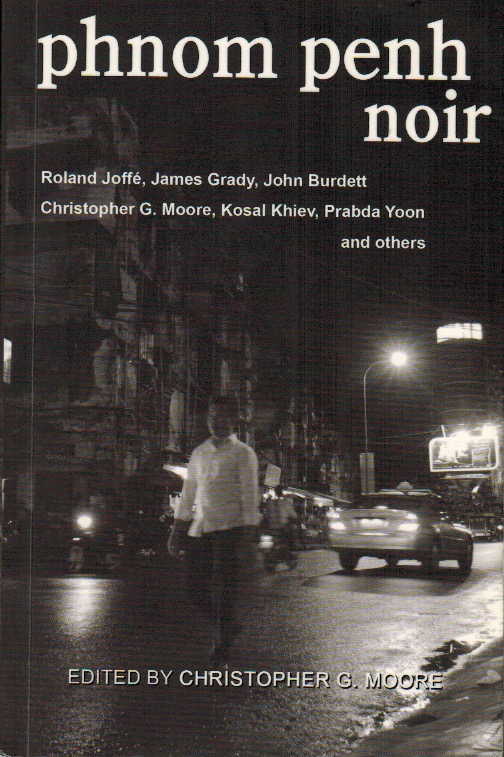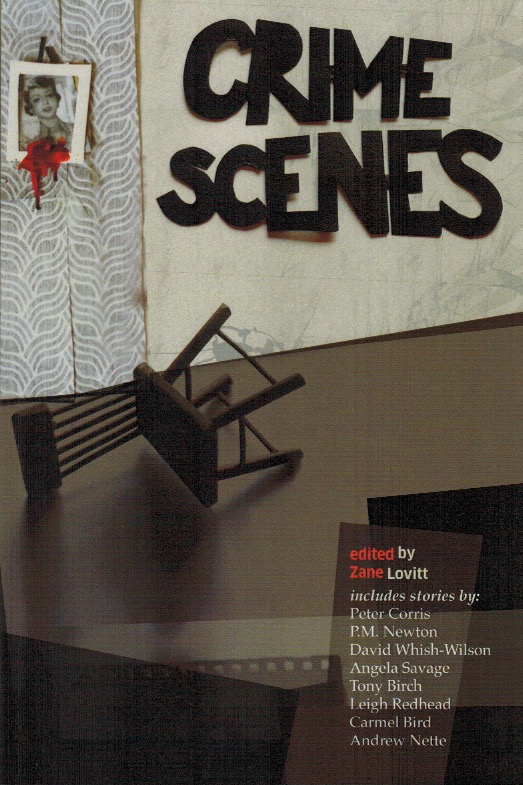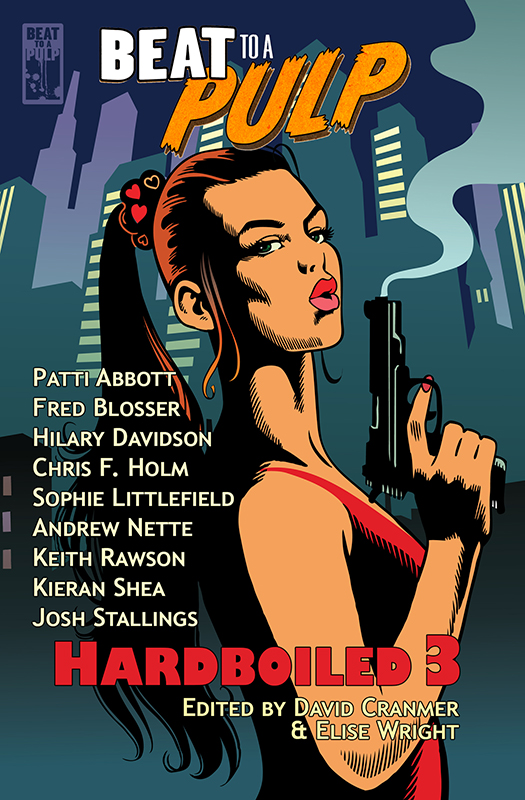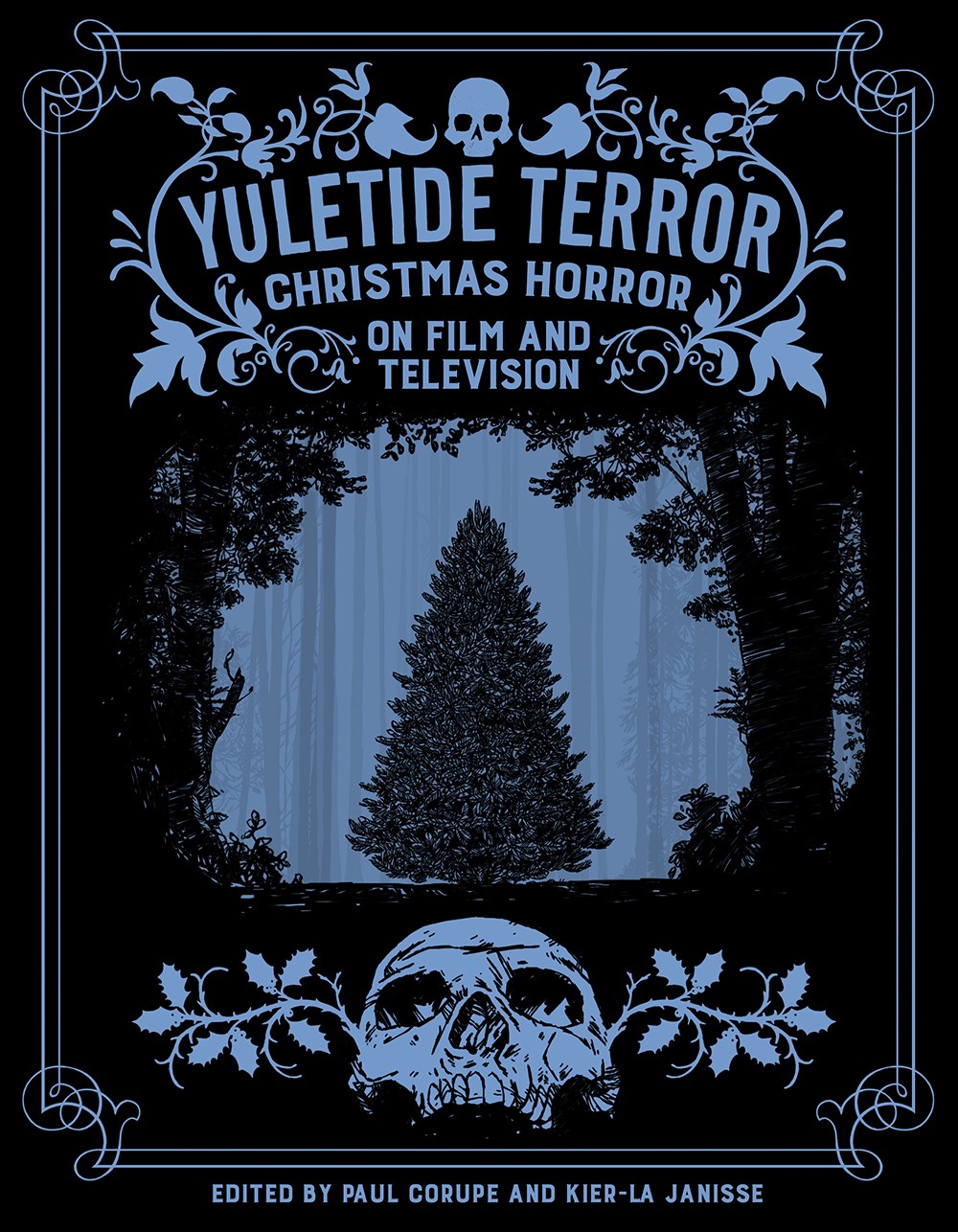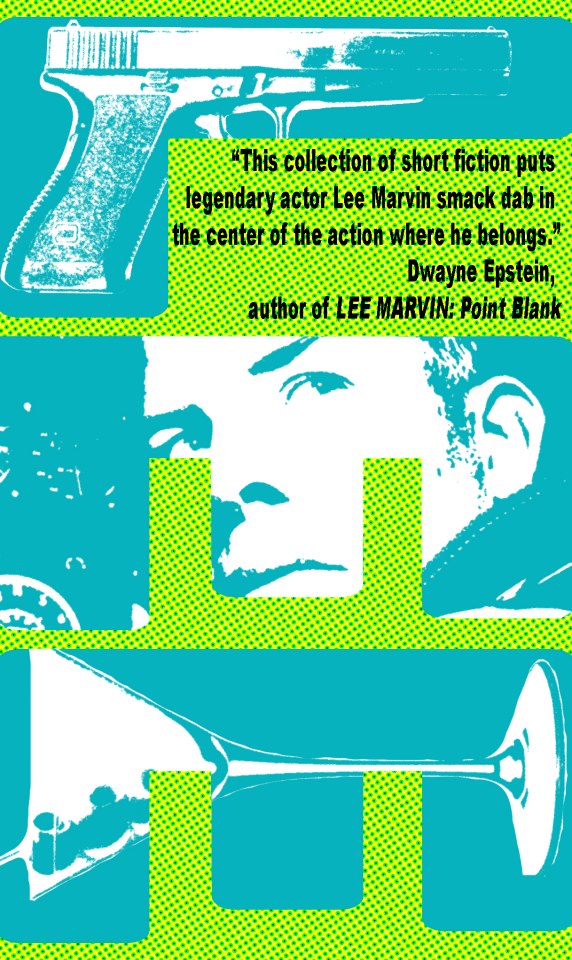Search
-
Recent Posts
- Dishing up Pulp Curry in a new way: why I am starting a Substack newsletter
- Book reviews: Deadly dames, midcentury Brit pulp and 1970s science fiction
- Mackenna’s Gold (1969): Gold, Ghosts and Frontier Violence
- Orphan Road book launch
- Orphan Road now available
- Pre-orders open for my new novel, Orphan Road
- Cover reveal: Orphan Road, my follow up to Gunshine State
- Breakfast in the Ruins podcast: New English Library Bikermania
- Why 1973 was the year Sidney Lumet took on police corruption
- Men’s Adventure Quarterly: Gang Girls issue
Categories
- 1960s American crime films
- 1970s American crime films
- 1980s American crime films
- 1990s American crime films
- Adrian McKinty
- Albert Dekker
- Andre De Toth
- Angela Savage
- Angie Dickinson
- Anthony Zerbe
- Asian noir
- Australian crime fiction
- Australian crime film
- Australian noir
- Australian popular culture
- Australian pulp fiction
- Australian television history
- Ava Gardner
- Beat culture
- Belmont Tower Books
- Ben Wheatley
- Billie Whitelaw
- Black pulp fiction
- Blaxsploitation
- Book cover design
- Book Reviews
- British crime cinema
- British pulp fiction
- Bryan Brown
- Burt Lancaster
- Carter Brown
- Charles Durning
- Charles Willeford
- Chester Himes
- Christopher G Moore
- Christopher Lee
- Cinema culture
- Claude Atkins
- Coronet Books
- Crawford Productions
- Crime Factory
- Crime Factory Publications
- Crime fiction
- Crime fiction and film from Africa
- Crime fiction and film from Cambodia
- Crime fiction and film from China
- Crime fiction and film from India
- Crime fiction and film from Indonesia
- Crime fiction and film from Japan
- Crime fiction and film from Laos
- Crime fiction and film from Latin and Central America
- Crime fiction and film from Malaysia
- Crime fiction and film from New Zealand
- Crime fiction and film from Scandinavia
- Crime fiction and film from Singapore
- Crime fiction and film from South Korea
- Crime fiction and film from Thailand
- Crime fiction and film from the Philippines
- Crime Fiction and film set in Vietnam
- Crime film
- Dangerous Visions and New Worlds Radical Science Fiction 1950 to 1985
- David Goodis
- David Peace
- David Whish-Wilson
- Derek Raymond
- Diana Dors
- Dirk Bogarde
- Don Siegel
- Don Winslow
- Donald Westlake aka Richard Stark
- Dystopian cinema
- Ernest Borgnine
- Eurocrime
- Fawcett Gold Medal Books
- Femme fatale
- Fernando Di Leo
- Filipino genre films
- Film Noir
- Forgotten Melbourne
- French cinema
- French crime fiction
- Garry Disher
- Gene Hackman
- George V Higgins
- Georges Simenon
- Ghost Money
- Giallo cinema
- Gil Brewer
- Girl Gangs, Biker Boys and Real Cool Cats: Pulp Fiction & Youth Culture, 1950-1980
- Gloria Grahame
- Gold Star Publications
- Gregory Peck
- Gunshine State
- Heist films
- Horror
- Horwitz Publications
- Humphrey Bogart
- Ian Fleming
- Interviews
- Ira Levin
- James Caan
- James Crumley
- James Ellroy
- James Hadley Chase
- James Woods
- Jim Brown
- Jim Thompson
- Joel Edgerton
- John Frankenheimer
- Joseph Losey
- Karen Black
- Kerry Greenwood
- Kinji Fukasaku
- Larry Kent
- Laura Elizabeth Woolett
- Lee Marvin
- Leigh Redhead
- Lindy Cameron
- M Emmet Walsh
- Mad Max
- Mafia
- Malla Nunn
- Martin Limon
- Megan Abbott
- Melbourne International Film Festival
- Melbourne Writers Festival
- Men's Adventure Magazines
- Michael Caine
- Michael Fassbender
- Mickey Spillane
- Monarch Books
- Ned Kelly Awards
- Neo Noir
- New English Library
- Newton Thornburg
- Noir Con
- Noir fiction
- Non-crime reviews
- Oren Moverman
- Orphan Road
- Ozsploitation
- Pan Books
- Parker
- Paul Newman
- Peter Boyle
- Peter Corris
- Peter Strickland
- Peter Yates
- Poliziotteschi
- Pulp fiction
- Pulp fiction in the 70s and 80s
- Pulp fiction set in Asia
- Pulp Friday
- Pulp paperback cover art
- Qui Xiaolong
- Raymond Chandler
- Richard Burton
- Richard Conte
- Robert Aldrich
- Robert Mitchum
- Robert Ryan
- Robert Stone
- Rock Hudson
- Roger Smith
- Rollerball
- Rosaleen Norton
- Roy Scheider
- Rural noir
- Sam Levene
- Sam Peckinpah
- Samuel Fuller
- Science fiction and fantasy
- Scripts Publications
- Sidney Lumet
- Sidney Poitier
- Simon Harvester
- Snowtown
- Snubnose Press
- Spies
- Stanley Baker
- Sterling Hayden
- Steve McQueen
- Sticking it the the Man Revolution and Counter Culture in Pulp and Popular Fiction 1950 1980
- Stuart Rosenberg
- Tandem Books
- Tart noir
- Tartan Noir
- Ted Lewis
- Toni Johnson Woods
- True crime
- Vicki Hendricks
- Victor Mature
- Vintage mug shots
- Vintage pulp paperback covers
- Wallace Stroby
- War film
- Westerns
- William Friedkin
- Woody Strode
- Yakuza films
- Yaphet Kotto
Nothing but noir
Recommended reading
The lurid world of pulp
- 20th century Danny Boy
- American Pulps
- Bear Alley
- Bloody, Spicy, Books
- Comics Down Under
- Everything second hand
- Existential Ennui
- Greenleaf Classic Books
- Irv O. Neil's Erotica is My Trade
- Killer Covers
- Lost Classics of Teen Lit 1939-1989
- Luminist Archives
- Men's Pulp Mags
- Mporcius Fiction Log
- Murder, Mayhem and Long Dogs
- Neglected Books
- Nocturnal Revelries
- Paperback Warrior
- Paperbacks of the Gods
- Pop Sensation
- Pulp artists
- Pulp Covers
- Pulp Crazy
- Pulp Flakes
- Pulp International
- Pulp Magazines Project
- Pulp Serenade
- Realms of the Night
- Romance Fiction Has a History
- Rough Edges
- Sin Street Sleaze
- Spy Guys and Gals
- The department of Afro American Research Arts & Culture
- The Dusty Bookcase
- The Haunted World of Richard Sala
- The Moon Lens
- The Nick Carter & Carter Brown Blog
- The Pulp & Paperback Fiction Reader
- Too Much Horror Fiction
- True Pulp Fiction
- Vault of Horror
- Vintage Nurse Romance Novels
- Vintage Romance Novels
- Welcome to the Pan Paperback
- Yellow and Creased
Support This Site
If you like what I do please support me on Ko-fi
Category Archives: Pulp paperback cover art
Book review: Paperbacks from Hell, the Twisted History of ’70s and ’80s Horror Fiction
 I loved Grady Hendrix’s soon to be released book, Paperbacks From Hell: The Twisted History of ‘70s and ‘80s Horror Fiction. From the opening, his discussion of John Christopher’s totally bizarre 1966 novel, The Little People, about an assortment of unsavoury individuals who spend a weekend in an Irish castle which is also inhabited by evil Nazi leprechauns (‘the Gestapochauns’) to the last few pages, the dying days of American mass market paperback horror, it is a wild, exhilarating ride.
I loved Grady Hendrix’s soon to be released book, Paperbacks From Hell: The Twisted History of ‘70s and ‘80s Horror Fiction. From the opening, his discussion of John Christopher’s totally bizarre 1966 novel, The Little People, about an assortment of unsavoury individuals who spend a weekend in an Irish castle which is also inhabited by evil Nazi leprechauns (‘the Gestapochauns’) to the last few pages, the dying days of American mass market paperback horror, it is a wild, exhilarating ride.
But as well as being a lot of fun, Paperbacks From Hell is also an important work of pulp fiction and pop culture history.
The book comprises a series of thematic chapters, grouped from the most part around one or two foundation texts. Thus the chapter on satanic pulp and mass market paperbacks opens with a look at the cultural importance of Ira Levin’s Rosemary’s Baby and Peter Blatty’s The Exorcist. The Omen (1976) is the starting point for a look at the large sub-genre of books about women being impregnated by all manner of hell spawn and murderous offspring. Peter Benchley’s paperback sensation, Jaws, is the precursor to a discussion about the wave of pulp and mass market paperback books featuring murderous creatures and animals turned homicidal: rats, dogs, cuts, pigs, insects, even rabbits.… Read more
Posted in Blaxsploitation, Book cover design, Book Reviews, Horror, New English Library, Pulp fiction in the 70s and 80s, Pulp paperback cover art
Tagged Cleo Virginia Andrews, Elizabeth Engstrom, Grady Hendrix, Herman Raucher, horror pulp, Joe Nazel, mass market horror novels of the 1970s & 1980s, Paperbacks From Hell: The Twisted History of ‘70s and ‘80s Horror Fiction, Peter Benchley, Peter Blatty, Robert Marasco, The Satan Sleuth
Pulp Friday: ‘The godfather of the airport novel’
 Have you ever noticed, whenever someone pens one of those articles listing the most influential books of the second half of the 20th century, how worthy the titles are? You’ll usually find books like Harper Lee’s To Kill A Mockingbird, Solzhenitsyn’s The Gulag Archipelago, Richard Bach’s Jonathan Livingston Seagull or E. M Forster’s Maurice, published in 1971, a year after the author’s death. But no one ever mentions influential books I suspect people were actually reading in large numbers, Peyton Place, Jacqueline Susan’s Valley of the Dolls, Mario Puzo’s The Godfather or the subject of today’s Pulp Friday offering, the novels of Harold Robbins.
Have you ever noticed, whenever someone pens one of those articles listing the most influential books of the second half of the 20th century, how worthy the titles are? You’ll usually find books like Harper Lee’s To Kill A Mockingbird, Solzhenitsyn’s The Gulag Archipelago, Richard Bach’s Jonathan Livingston Seagull or E. M Forster’s Maurice, published in 1971, a year after the author’s death. But no one ever mentions influential books I suspect people were actually reading in large numbers, Peyton Place, Jacqueline Susan’s Valley of the Dolls, Mario Puzo’s The Godfather or the subject of today’s Pulp Friday offering, the novels of Harold Robbins.
Growing up in the 1970s, when popular culture was still mass rather than the niche individual choice it is increasingly now, Robbins was still a big deal. I don’t know about your household, but prominently placed amongst the Alistair Maclean and Ian Fleming thrillers, Desmond Morris’s The Naked Ape and Erich von Daniken’s 1968 sensation, Chariot of the Gods, were a large number of paperback books by Robbins.
Robbins has been called ‘the godfather of the airport novel’ and the ‘Onassis of supermarket literature’. He wasn’t a good writer by any stretch of the imagination but starting with his debut novel, Never Love A Stranger, in 1948, he produced fast paced, meaty narratives with larger than life characters, corporate executives and adventurers, accompanied by lashings of drama and explicit sex.… Read more
Posted in New English Library, Pulp fiction, Pulp fiction in the 70s and 80s, Pulp Friday, Pulp paperback cover art
Tagged Airport novels, Alistair Maclean, Andrew Wilson, Chariot of the Gods, Desmond Morris, Erich von Daniken, Harold Robbins, Harold Robbins: The Man Who Invented Sex, Ian Fleming, Jacqueline Susan, Mario Puzo, Never Love A Stranger, Peyton Place, The Godfather, The Naked, Valley of the Dolls
Pulp Friday: A Clockwork Orange
 It has been a while between posts, I know. This site, as well as a number of other things in my life, has taken a back seat in order for me to meet a few pressing deadlines, in particular, working on a monograph for a English publisher on Norman Jewison’s 1975 dystopian science fiction classic, Rollerball.
It has been a while between posts, I know. This site, as well as a number of other things in my life, has taken a back seat in order for me to meet a few pressing deadlines, in particular, working on a monograph for a English publisher on Norman Jewison’s 1975 dystopian science fiction classic, Rollerball.
While Jewison was not a great fan of science fiction he was impressed by two science fiction films, both of them made by Stanley Kubrick: 2001: A Space Odyssey (1968) and A Clockwork Orange, released in 1971 (although it was not released in Australian until 1988). It is this latter film that is the subject of today’s Pulp Friday post.
Published by Anthony Burgess in 1962, A Clockwork Orange is set in a near future dystopian England suffering from an epidemic of extreme youth violence and economic stagnation. The book’s teenage protagonist, Alex, narrates the story of his various criminal exploits and the subsequent efforts of the conservative state authorities to rehabilitate him, in a made up language Burgess called ‘Nadsat’.
Burgess’s own politics were conservative, with a streak of anarchism running through his thinking. He wrote A Clockwork Orange in three weeks, influenced by his views of the growing youth culture in early sixties England.… Read more
Posted in British crime cinema, Dystopian cinema, Pan Books, Pulp Friday, Pulp paperback cover art, Science fiction and fantasy, Vintage pulp paperback covers
Tagged 2001: A Space Odyssey (1968), A Clockwork Orange (1971), Anthony Burgess, Ballantine Books, Norman Jewison, Pan Books, Rollerball (1975), Stanley Kubrick
Pre-orders open for Girl Gangs, Biker Boys, and Real Cool Cats: Pulp Fiction and Youth Culture, 1950 to 1980
Here is the updated cover for the book I have edited with my friend, Iain McIntyre, Girl Gangs, Biker Boys & Real Cool Cats: Pulp Fiction & Youth Culture, 1950-1980. This beauty will be out through PM Press in October.
It is available for pre-order here.
Long terms readers of Pulp Curry may remember this book was originally scheduled to appear, with a different publisher and under a slightly different name, in late 2016. But the publisher concerned experienced finance problems which resulted in the book being pulled from their schedule.
Thanks to PM Press that project is a going concern again.
The book is the first comprehensive account of how the rise of postwar youth culture was depicted in mass-market pulp fiction. As the young created new styles in music, fashion, and culture, pulp fiction shadowed their every move, hyping and exploiting their behaviour, dress, and language for mass consumption and cheap thrills. From the juvenile delinquent gangs of the early 1950s through the beats and hippies, on to bikers, skinheads, and punks, pulp fiction left no trend untouched. With their lurid covers and wild, action-packed plots, these books reveal as much about society’s deepest desires and fears as they do about the subcultures themselves.
Girl Gangs features approximately 400 full-colour covers, many of them never reprinted before.… Read more
Posted in Australian popular culture, Australian pulp fiction, Girl Gangs, Biker Boys and Real Cool Cats: Pulp Fiction & Youth Culture, 1950-1980, Horwitz Publications, Pulp fiction, Pulp fiction in the 70s and 80s, Pulp paperback cover art
Tagged Girl Gangs Biker Boys and Real Cool Cats: Pulp Fiction and Youth Culture 1950 to 1980, PM Press, Pulp fiction and youth culture
Pulp Friday: The Thing From Another World
 Today’s Pulp Friday is an absolute thing of beauty.
Today’s Pulp Friday is an absolute thing of beauty.
The Australian edition of John W Campbell’s The Thing From Another World, published by Malian Press in Sydney, in 1952. The wonderful cover is by the prolific local artist, Stan Pitt, who illustrated comics and pulp paperback covers for a number of Australian pulp publishers over a lengthy career that stretched form 1942 to the 1970s.
This edition is particularly interesting because it is the first to anywhere in the world to reference the 1951 film, The Thing From Another World, directed by Howard Hawks. I originally saw it when it was posted by a chap called Morgan Wallace on the Vintage Paperback and Pulp site on Facebook.
Investigating Campbell on the Internet, I discovered a host of terrific images associated with this particular work.
The story was originally known by the title Who Goes There?, and first appeared in the August 1938 edition of Astounding Magazine under Campbell’s pen name, Don A Stuart.
It was published in hard cover as part of a collection of Campbell’s short fiction by Shasta Books in 1948. And then appeared in various editions, with various titles, leading up to the last one below, Bantam paperback tie-in to the 1982 film version by John Carpenter, The Thing.… Read more


